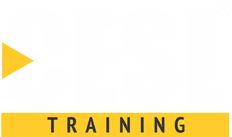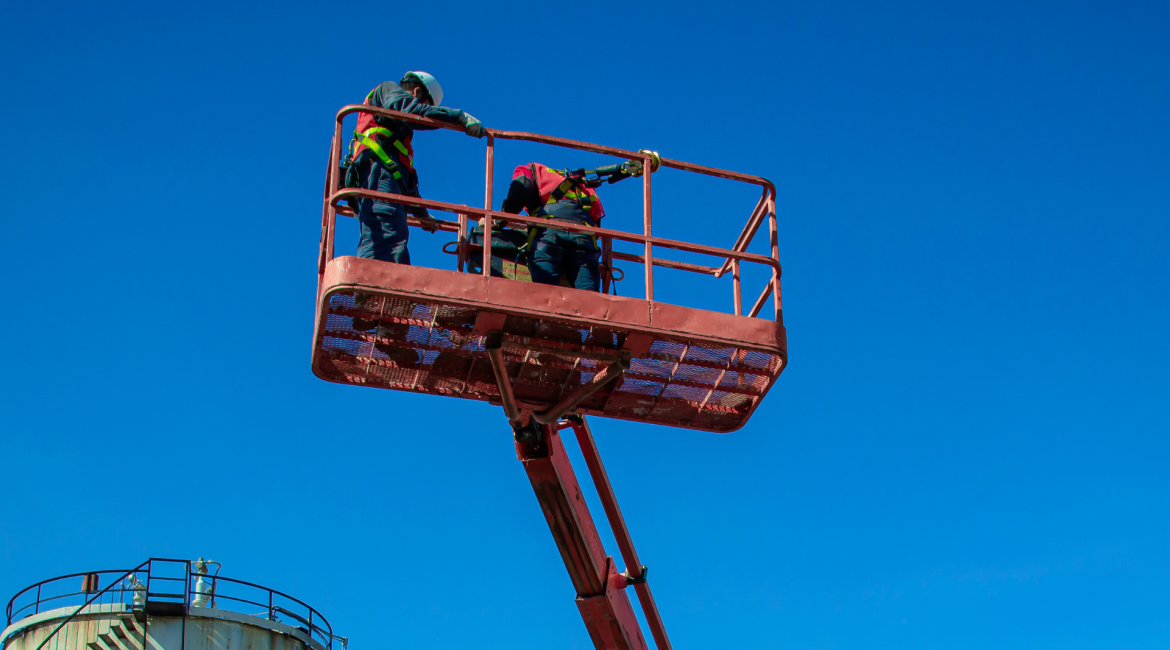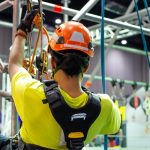MEWP operator training is essential in the aviation industry, where safety is always the top priority. While much attention is given to the machines themselves, the role of MEWP operators—responsible for overseeing the safe use of these platforms—is critical. Proper training ensures that occupiers are knowledgeable about site orientation, hazard awareness, and emergency procedures, creating a safer working environment. This blog explores the importance of MEWP operator skills in aviation and how they enhance both safety and operational efficiency.
The Role of MEWP Operators in Aviation
MEWP operators in aviation are responsible for ensuring that the equipment is used correctly and safely. Their duties include supervising operations, identifying potential hazards, and implementing emergency procedures when necessary. Unlike operators who directly control the MEWP, occupiers oversee the broader aspects of safety and site management. This oversight is crucial in the complex and dynamic environment of an airport, where multiple activities and high-risk operations occur simultaneously.
Key Components for MEWP Operator
- Site Orientation Site orientation is the foundation of safe MEWP operations. Occupiers must have a thorough understanding of the worksite, including the layout, specific tasks to be performed, and the locations of potential hazards. This orientation should cover:
- Site Layout: Understanding the physical layout, including any obstacles, restricted areas, and designated safe zones.Equipment Location: Knowing where all safety equipment, such as fire extinguishers, first aid kits, and emergency exits, are located.Communication Channels: Familiarity with the communication systems in place, ensuring that all team members can stay in contact, especially during emergencies.
- Hazard Awareness Aviation worksites are filled with potential hazards, from moving aircraft to high-voltage systems and dangerous weather conditions. MEWP operators must be trained to recognize these hazards and take proactive measures to mitigate them. Key aspects of hazard awareness include:
- Identifying Risks: Understanding the specific risks associated with the worksite and the tasks at hand, such as overhead power lines, uneven surfaces, or nearby aircraft movements.
- Risk Assessment: Regularly conducting risk assessments to evaluate the likelihood and impact of potential hazards. This should be an ongoing process, as conditions can change rapidly in an airport environment.
- Mitigation Strategies: Implementing strategies to reduce or eliminate risks, such as setting up barriers around hazardous areas, ensuring proper use of Personal Protective Equipment (PPE), and establishing clear protocols for working near aircraft.
By maintaining a high level of hazard awareness, MEWP operators can prevent accidents before they occur, ensuring a safer work environment. - Emergency Procedures Even with the best safety measures in place, emergencies can still happen. MEWP operators must be prepared to respond quickly and effectively to any incidents that arise. Key components of emergency preparedness include:
- Emergency Planning: Developing a comprehensive emergency plan that outlines the steps to be taken in the event of an accident, equipment failure, or other emergencies. This plan should include procedures for evacuating workers, securing the site, and contacting emergency services.
- Training and Drills: Regularly conducting emergency drills to ensure that all personnel know their roles and responsibilities in an emergency. Drills should simulate a variety of scenarios, from equipment malfunctions to fire or medical emergencies.
- Communication and Coordination: Ensuring that clear communication channels are in place and that all team members know how to use them. In an emergency, quick and accurate communication can be the difference between a controlled situation and a disaster.
Being prepared for emergencies is not just about having a plan—it’s about ensuring that everyone on site knows the plan and can execute it effectively.
The Benefits of Comprehensive Training for MEWP Operator
Investing in comprehensive training for MEWP operators offers several benefits:
- Enhanced Safety: Properly trained occupiers are better equipped to identify and mitigate risks, reducing the likelihood of accidents and injuries.
- Increased Efficiency: When occupiers understand the site and potential hazards, operations can proceed more smoothly, with fewer interruptions due to safety concerns.
- Regulatory Compliance: Comprehensive training ensures that occupiers are aware of and adhere to industry regulations and standards, helping to avoid fines and legal issues.
- Improved Emergency Response: Trained occupiers can respond more effectively to emergencies, minimizing damage and ensuring the safety of all personnel involved.
Frequently Asked Questions- FAQs
Q1: What is MEWP operator training in aviation?
Ans: MEWP operator training in aviation ensures that personnel responsible for overseeing Mobile Elevating Work Platforms understand site orientation, hazard awareness, and emergency procedures to maintain safety and operational efficiency.
Q2: How do MEWP operators prepare for emergencies?
Ans: They prepare by developing emergency plans, participating in regular drills, ensuring effective communication channels, and understanding evacuation and response procedures to handle accidents or equipment failures.
Q3: What are the benefits of comprehensive MEWP operator training?
Ans: Comprehensive training enhances safety, increases operational efficiency, ensures regulatory compliance, and improves emergency response capabilities, reducing the likelihood of accidents.
Q4: What role do MEWP operators play in aviation safety?
Ans: MEWP operators oversee the safe use of equipment, supervise operations, identify hazards, implement safety protocols, and coordinate emergency responses, ensuring safer and more efficient aviation work environments.
Conclusion
MEWP Operators play a vital role in maintaining safety and efficiency in aviation operations. By focusing on site orientation, hazard awareness, and emergency procedures, occupiers can significantly reduce the risks associated with working at height and ensure that their teams are prepared for any situation. At CESL, we recognize the importance of this role and are committed to providing specialized training that equips MEWP Operators with the knowledge and skills they need to excel in their duties. Through our training programs, we help aviation professionals create safer, more efficient worksites, ultimately contributing to the overall safety and success of the industry.





JOHN
Well done! This article provides a lot of value.